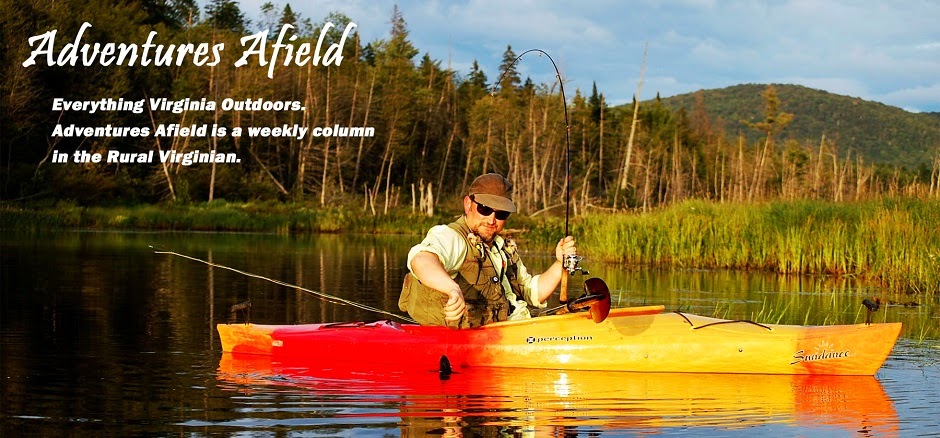Backpackers, hikers, campers, mountain bikers, cyclers,
boaters, trail runners, and outdoor gearheads, looking for a new, exciting way
to welcome the long-awaited spring season?
Mark your calendars for the second Sunday of spring to attend this
exciting local event!
The 1st annual Rivanna Outdoor Gear and FilmFestival (ROGaFF), sponsored by Great Outdoor Provision Company, will be held
on Sunday, March 29 at Fluvanna County High School, from 1-4 PM. A suggested donation of $7 is requested for
admission to support the FCHS choral department, and children 10 and under will
be admitted free of charge.
Virginia’s newest outdoor film festival is the brainchild of
FCHS choir director and avid outdoorsman, Horace Scruggs. “Fluvanna County has a lot to offer when it
comes to outdoor activities. We have Pleasant
Grove and three rivers—the James, Hardware, and Rivanna. The Blue Ridge is very close, as well as the
Rockfish River. With these assets,
ROGAFF will be a great way to introduce these activities to a wider audience,”
said Scruggs. “The ROGaFF theme is
"Get Inspired to Get Outdoors" and I know for those who are coming it
will happen.”
The festival’s film lineup includes three short films—Walk on Water, the story of a paralyzed
skier-turned-whitewater kayaker; Church,
focusing on a trio of friends’ love for mountain biking; and Set Free—Loving Life on the Trail, a
spotlight of ultra-marathon runner, Kristie Elliot. The featured film is The Appalachian Trail—An American Legacy, which brings to
silver-screen life the mystic nature of America’s most revered foot trail, and
features insight into the Trail’s history along with interviews with AT hikers
and personalities.
An easy, 6.5-mile morning hike of Fluvanna County’s Pleasant
Grove Park, adjacent to the high school, will be led by Andy Willgruber of the
Potomac Appalachian Trail Club starting at 10 AM to kick off the event. Hikers should bring boots and be prepared for
mud; the Grove can get sloppy with snowmelt and rain!
Doors open at 1 PM, and from 1-3 PM visitors will have the
opportunity to listen to presentations by Great Outdoor Provision Company,
Ragged Mountain Running Shop, and other local groups. An array of camping, backpacking, cycling,
and boating gear will be on display from a host of vendors, providing visitors
a chance to educate and outfit themselves for the coming season. The film showings will commence at 3 PM.
“My dream is to have [ROGaFF] as a yearly event, which would
grow over the years into a truly regional event,” Scruggs said. “This will be a great family-friendly event
for Fluvanna and Central Va., and as far as I know the only one of its kind in
the area.”
So, fellow outdoorspeople of Central Virginia, mark your
calendars for this inaugural event.
Shuttle your canoes and kayaks to float the Rivanna River before the
festival. Take advantage of the trails
and open spaces at Pleasant Grove. Visit
Scheier Natural Area just west of Palmyra.
Lastly, come out to ROGaFF and celebrate Central Virginia outdoors!□
*Originally published in the Rural Virginian

